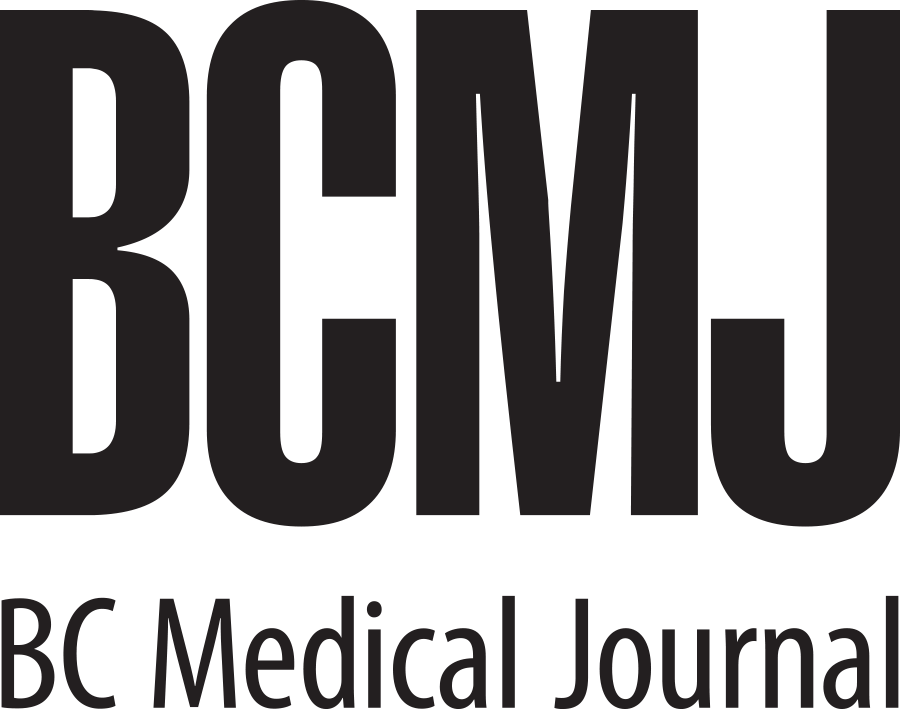View my publications profile at Google Scholar or my PubMed RSS Feed. If you have any questions, feel free to contact me.

The Use of Hematopoietic Stem Cells for Heart Failure: A Systematic Review
Jayant Seth, Sohat Sharma, Cameron J. Leong, Venkat Vaibhav, Pierce Nelson, Arveen Shokravi, Yuchen Luo, Daniel Shirvani, and Zachary Laksman
The purpose of this review is to summarize the current understanding of the therapeutic effect of stem cell-based therapies, including hematopoietic stem cells, for the treatment of ischemic heart damage. Following PRISMA guidelines, we conducted electronic searches in MEDLINE, and EMBASE. We screened 592 studies, and included RCTs, observational studies, and cohort studies that examined the effect of hematopoietic stem cell therapy in adult patients with heart failure. Studies that involved pediatric patients, mesenchymal stem cell therapy, and non-heart failure (HF) studies were excluded from our review. Out of the 592 studies, 7 studies met our inclusion criteria. Overall, administration of hematopoietic stem cells (via intracoronary or myocardial infarct) led to positive cardiac outcomes such as improvements in pathological left-ventricular remodeling, perfusion following acute myocardial infarction, and NYHA symptom class. Additionally, combined death, rehospitalization for heart failure, and infarction were significantly lower in patients treated with bone marrow-derived hematopoietic stem cells. Our review demonstrates that hematopoietic stem cell administration can lead to positive cardiac outcomes for HF patients. Future studies should aim to increase female representation and non-ischemic HF patients.
International Journal of Molecular Sciences (Review; June 2024)
Article Link

Osteoarthritis in Indigenous populations in rural British Columbia: Disparities in prevalence and access to care
Daniel Shirvani BSc, Megan Kadzirange, Natalia Laskowski LPN, Todd Alec MD
Osteoarthritis, a chronic degenerative disease of the joints, is highly prevalent among Canadians. Both the direct and indirect costs of osteoarthritis continue to rise in North America, yet the pathophysiology has not been fully elucidated, nor have the differential treatment and diagnosis outcomes in underserved and remote communities. Indigenous and rural patients are among the most overlooked patient subpopulations. The prevalence of osteoarthritis is greater among Indigenous than non-Indigenous Canadians due to a wide range of structural and colonial barriers that limit access to quality care. These barriers are exacerbated for rural Indigenous patients. As a result, several initiatives have been developed to improve chronic disease diagnosis and management within their communities. For example, the First Nations Health Authority’s Medical Transportation Benefit program assists with travel to a medical facility outside the community. In addition, efforts are being made to address bias within the health care system, provide more supportive and culturally appropriate care, integrate traditional healing practices into health care, develop a better understanding of the social determinants of poor health outcomes, and use technological advancements to improve access to health care in remote communities.
British Columbia Medical Journal (Review; June 2024)
Article Link

Color Doppler Aliasing: Unmasking the Diagnosis of Cardiac Rosai-Dorfman
Daniel Shirvani BSc, Jong Moo Kim MD MHSc, Jaclyn Lam BSc, Michael Yin-Cheung Tsang MD, Darwin Yeung MD, Joel Price MD, Christina Luong MD MHSc
Cardiac masses are often detected on echocardiography as abnormal echodensities within the cardiac chambers. We report a case of a cardiac mass that was first identified on echocardiogram due to aliasing of color-flow Doppler of the pulmonary veins (PVs). This resulted in a cascade of testing that ultimately led to a diagnosis of Rosai-Dorfman disease (RDD). This rare condition is characterized by nonmalignant proliferation of histiocytes; RDD most often presents as painless cervical lymphadenopathy but presents a unique diagnostic challenge when confined to extranodal sites, especially in the heart. Cardiac involvement in RDD (cRDD) is exceedingly rare, making this case an important addition to the limited literature and highlighting the importance of acquiring additional views when unexpected findings arise during echocardiographic scanning.
Cardiovascular Imaging Case Reports (Article; May/June 2024)
https://doi.org/10.1016/j.case.2024.04.007

Development of a Quality Assessment Tool for Outpatient Infusion Clinics: A Literature Review and Pilot Survey
Elaine Hu, Maryam Shams [shared 2nd], Daniel Shirvani [shared 2nd], Maziar Badii
This study aimed to develop a quality assessment tool for outpatient infusion clinics, as a lack of literature exists on the subject. The authors conducted a literature review targeting studies since 2016 to identify variables that affect patient satisfaction in outpatient infusion clinics. Due to the limited number of relevant studies found, the authors shadowed 2 infusion clinic nurses to capture additional determinants of outpatient infusion clinic quality. A total of 72 variables relevant to an outpatient infusion quality assessment tool were listed. From this list of variables, a pilot survey was conducted at an outpatient rheumatology infusion clinic to assess patient satisfaction with 16 variables of interest. The pilot survey (N = 43) revealed that patients were relatively dissatisfied with walking to clinics, lack of access to public transit, lack of parking and/or free parking, lack of privacy, and flexible scheduling and/or cancellation policies. These findings demonstrate how the assessment tool may highlight specific areas of concern at an infusion clinic to identify targets for future quality improvement initiatives. Therefore, the tool presented has the potential to improve the quality of care provided to patients attending infusion facilities.
Journal of Infusion Nursing (Article; May/June 2022)
https://pubmed.ncbi.nlm.nih.gov/35537004/

British Columbia’s Personalized Oncogenomics Research Program: Predictors of Biopsy Success for Genomic Analysis
Selina K Wong, Kevin Kobes, Yaoqing Shen, Deirdre Weymann, Jessica Nelson, Daniel Shirvani, Ana Fisic, Andrew J Mungall, Fergus Cafferty, Montgomery Martin, David J Ferguson, Ren Yuan, Janessa Laskin, Marco A Marra, Howard J Lim, Colin Mar
Biopsies are critical for guiding oncologic diagnoses and treatments. BC Cancer’s Personalized Oncogenomics (POG) program is a precision medicine initiative where tumor specimens from refractory cancers undergo whole genome and transcriptome sequencing (WGTS) with the goal of directing clinical management decisions. POG involves a multidisciplinary collaboration between oncologists, pathologists, interventional radiologists, researchers, and genomic laboratories. While the ability for WGTS to produce meaningful data depends on patient selection and biopsy quality, real-world evidence on predictors of success for these procedures is limited. Such understanding could enable higher quality data generation, improve the safety and efficacy of biopsies, and inform clinician-patient discussions.
Society of Interventional Oncology (Poster; Feb 2021)
